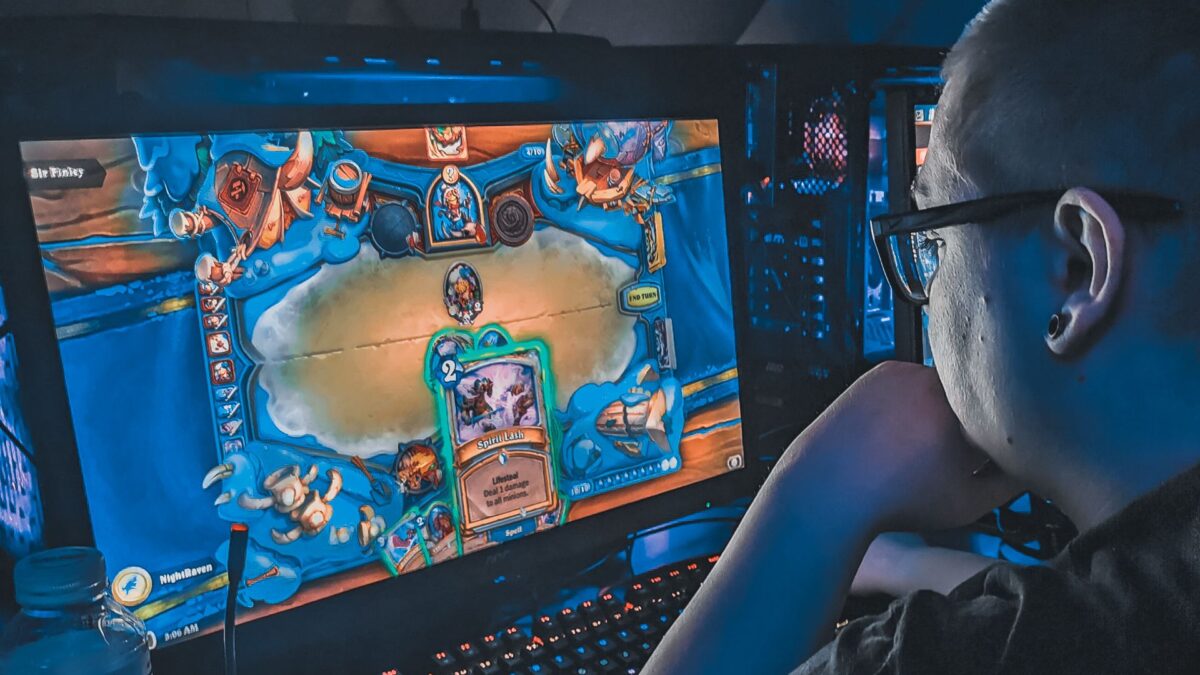Using Third-Party Trademarks in a Video Game: Infringement or Not?

Nowadays, there isn’t a lot of legal confusion surrounding rights issues with books. The same is generally true of plays, music, movies, and TV shows. Video games, though, are a different issue. Video games are a new medium, and there are a lot of questions regarding how this new medium should be handled. One of these issues is the relationship between the new medium and trademarks. In general, it seems that treating the medium the same as other artistic mediums is beginning to emerge as a consensus solution.
Infringement
Some people may mistakenly believe that registering a trademark means that that trademark can’t be used anywhere without authorization from the trademark holder. That isn’t the case. Trademark law exists for commercial and identification purposes. The protections against infringement primarily are centered around how the use affects those commercial and identification interests. Therefore, infringement of the use of a trademark must be related to a similar good or service, and the use must cause confusion for the average person or weaken the value of the owner’s mark. In other words, infringement must be shown to hurt the commercial value of the trademark, or it must cause confusion regarding whether the trademark is identifying the businesses involved. For a video game’s use of a trademark to be considered infringement and successfully disputed, it must be causing these kinds of issues.
First Amendment
Trademark law must be balanced against the First Amendment right of free speech. The question surrounding video games was whether they had First Amendment protections. That was a question the Supreme Court took up in 2011. The Supreme Court ruled that video games use literary devices, including plot, music, dialogue, and characters, along with native-to-the-medium characteristics like interaction with a virtual world, to communicate ideas and even social messages. This meant that video games were like other artistic mediums, such as books and movies. It also meant that video games had the same First Amendment protections as those mediums and must meet the same standards. In most cases, this standard is known as the Rogers test.
The Rogers Test
The Rogers test is a way of determining if the use of a trademark in an artistic piece of content is legitimate. In other words, because of the First Amendment, something that may look like infringement may not be in an artistic work. However, the use can’t be egregious or misleading. To this end, the Rogers test says the use of the trademark must meet two conditions:
- It must be relevant to the art that’s being created.
- It must also not be intentionally trying to mislead people regarding the source of the work.
The use of the trademark must make sense within the artistic piece. If a trademark is used within a video game, it must make sense within the world and story, not just as a gratuitous inclusion. This use could be a result of trying to build a realistic world, which is something we are seeing a lot more in video games these days. Therefore, if the game is trying to recreate a realistic war scenario, it’s possible that they may want to use vehicles and weapons that one might actually find in war. At the other end of the spectrum, the use could be a joke and still reflect the real world if that’s the artistic intent. For instance, if a humorous game wanted to make a joke about the proliferation of Starbucks coffee shops, they might place one on the top of a snow-covered mountain.
The use must also not be an attempt to present the trademark in a way that makes it appear to be an endorsement or the source of the work in question. However, to pass the Rogers test, this kind of misleading cannot be intentional, but it does leave the possibility that it could be unintentional.
FAQs
Q: Can You Use Trademarks in Video Games?
A: In 2011, the Supreme Court ruled that video games have the same First Amendment protections as other, similarly artistic mediums, such as books, movies, and plays. This means that video games are allowed to use trademarks so long as they live up to the same standards as those mediums. In general, this standard is set by the Rogers test.
Q: What Counts as Trademark Infringement?
A: Just because someone uses a trademark without authorization, it does not make it a violation of the trademark. The use of the trademark must be applied to a similar good or service. It also must cause confusion to the average user or weaken the value of the trademark owner’s mark.
Q: Are Video Games Protected by the First Amendment?
A: The Supreme Court has ruled that video games communicate ideas and social messages through literary devices like plot, characters, dialogue, and music. It also does so through interaction with a virtual world, which is exclusive to the medium of video games. Because video games, then, operate like other protected artistic mediums, such as books, movies, television, and plays, they also should be protected by the First Amendment. Therefore, video games must meet the same standards as those other mediums regarding the use of trademarks. Namely, this means living up to the Rogers test.
Q: What Is the Rogers Test?
A: The Rogers test is an attempt to find a balance in the law that protects the First Amendment rights of artistic productions with the protections of trademarks and the commercial role they have. There are two components of the Rogers test. The first is that the use of the trademark must have artistic relevance. This could be in service of making the world involved realistic, or it could even be involved in making a joke of some sort. The second qualification in the Rogers test is that the use of the trademark must not be intentionally misleading about the source or content of the work.
Get Help With Your Trademark Concerns
If you have questions or concerns regarding trademark usage, then you’ll want to speak with an experienced trademark lawyer. You might have concerns about an unauthorized use of your trademark. Perhaps you are wondering how to use someone else’s trademark in an artistic creation, and you want to ensure that it is done in a way that is protected by the law. Either way, you can count on Four Reasons Legal. Contact us with your trademark concerns today.




